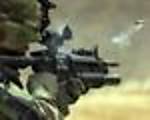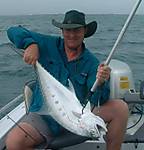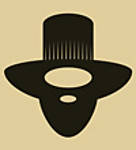According to an article in the Polish magazine Skrzdlta Polska this was one of three aircraft used for testing different camouflage schemes at the ITL (Instytut Techniczny Lotnictwa – Aviation Technical Institute) at Warsaw Okęcie. The best scheme was to replace those already in use. Unfortunately there does not seem to be any other source for this information.
The buzz code, W-62 is also intriguing as the letter ‘W’ is not one that was used by the air regiments or training schools. 1st ‘N’ Warsaw, 2nd ‘K’ Kraków, 3rd ‘P’ Poznań, 4th ‘T’ Toruń, 5th ‘L’ Lida, 6th Lwów, Advanced Flying School ‘U’ Ułęż, Aviation Cadets School ‘D’ Dęblin, Reserve Cadets School ‘R’ Radom. It is believed that ‘W’ indicates that the aircraft was at some point in time assigned to a 7th Air Regiment being formed from 152 Eskadra at Wilno in 1939. Also, in August 1939, the buzz codes were changed from two digits to three digits possibly as part of the mobilisation process. This is the only genuine example I can think of that retained a two digit code in September 1939.
It is also said that in September 1939 it belonged to the Pursuit Brigade (Brygada Pościgowa) and shot down and captured by the Germans at Pułtusk (70km north of Warsaw). The aircraft was acquired by the Germans after Antoni Joda of 152 Eskadra was forced to land on 9th September 1939 due to engine problems/failure.
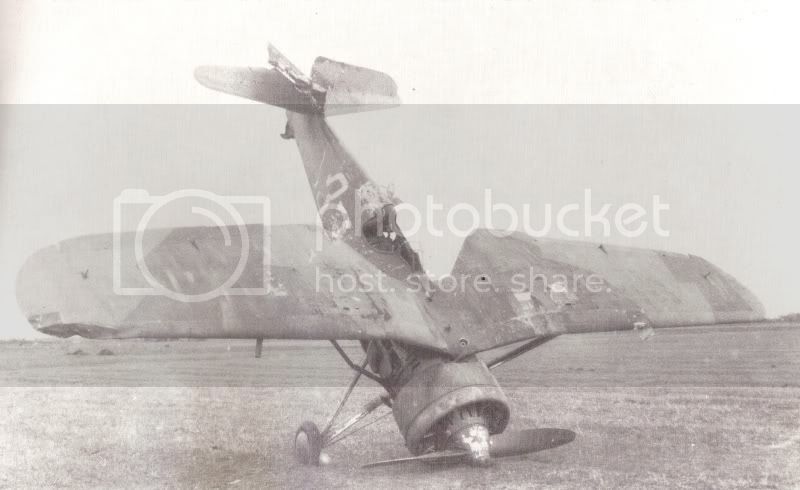
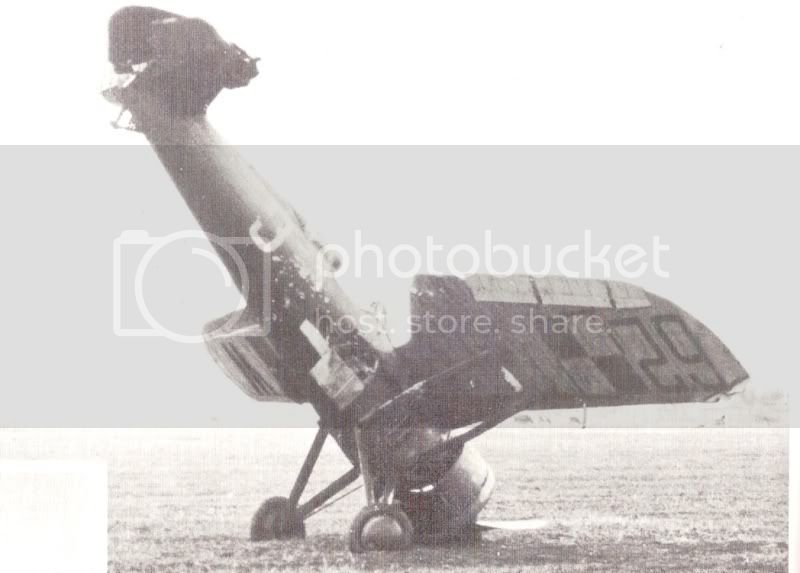
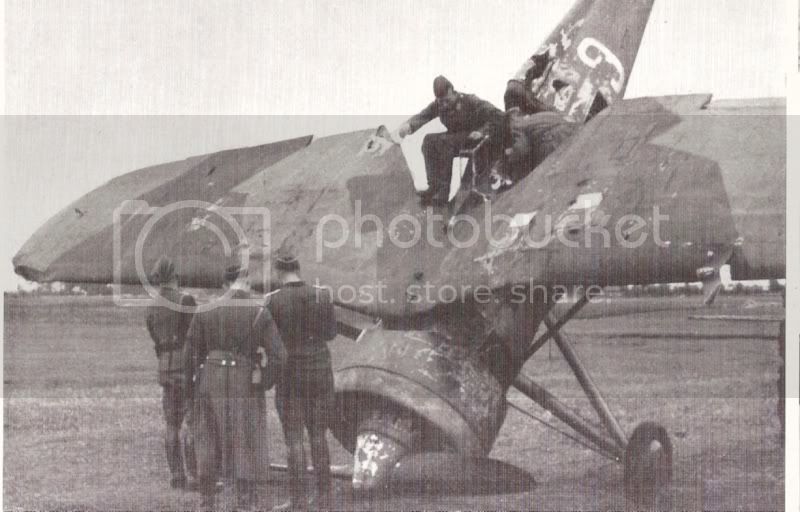
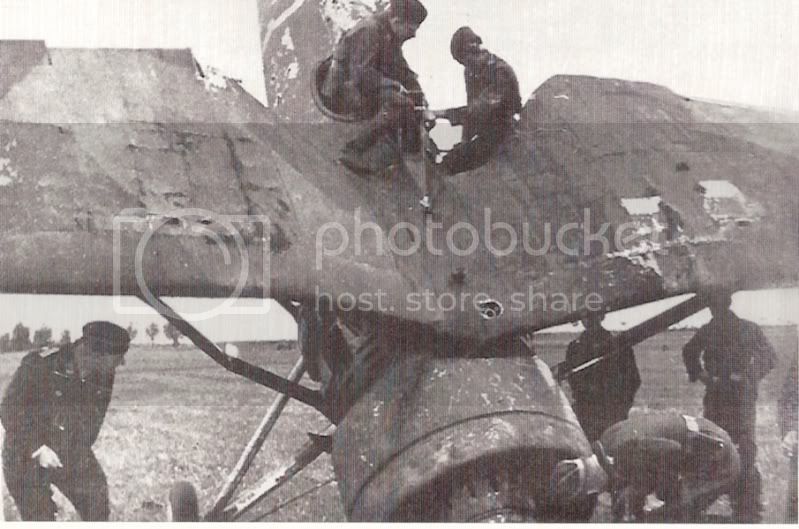
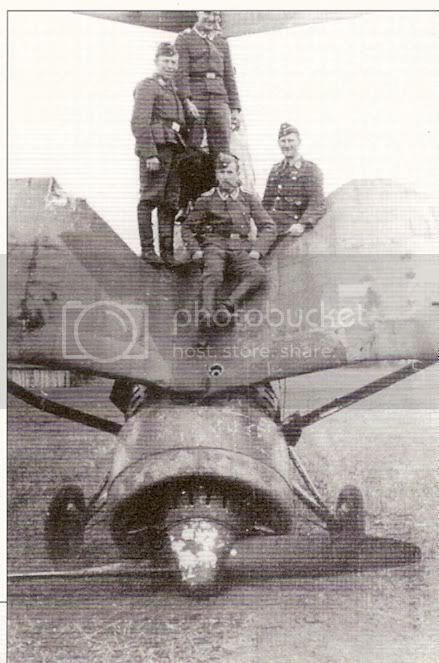
The tail was crushed when it overturned but apart from that there appears to be only minor damage to the fuselage spine behind the headrest and a bent wing strut. I do not know if this was the result of Joda’s landing or happened later. The aircraft has obviously been posed for propaganda photographs.
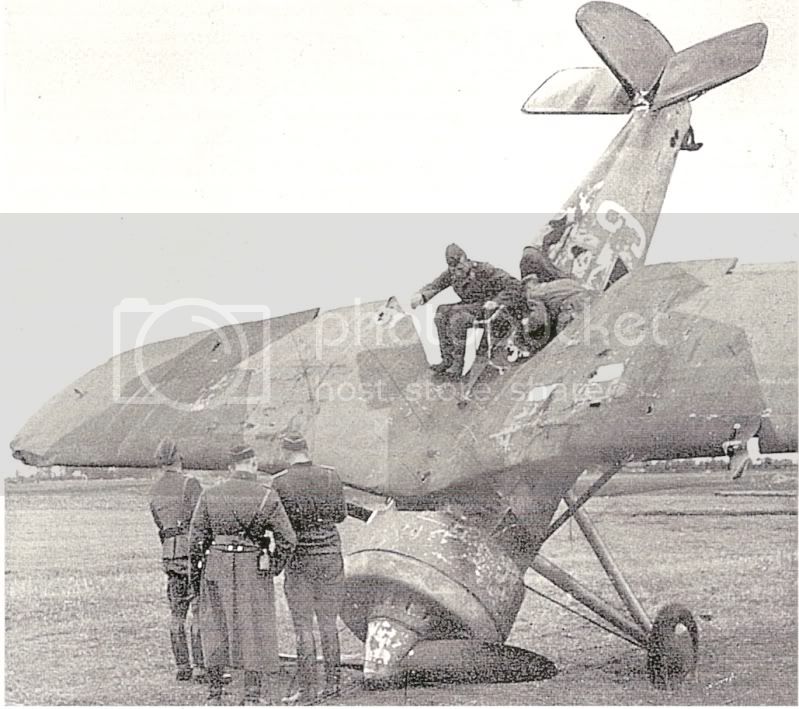
A new, rather ridiculous looking, tail was even added.
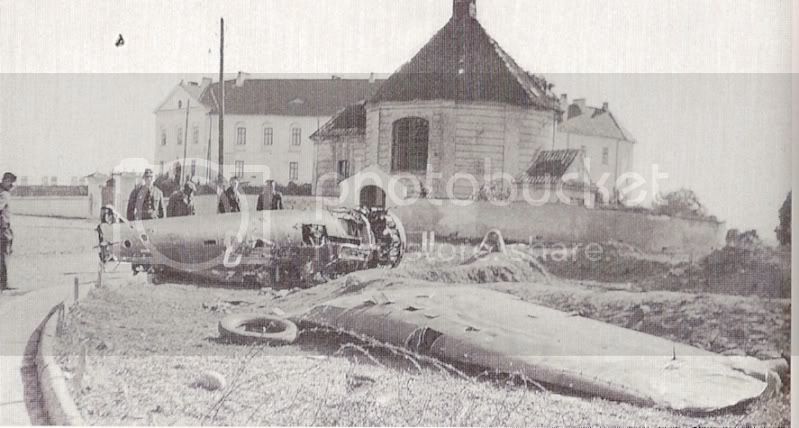
Last known resting place Pułtusk Castle.
Colours used are believed to have been the standard Polish Khaki and Olive Green used on Lublin aircraft. There may be remnants of a white band encircling the fuselage just in front of the numeral 3. It is also possible that these are patches of bare metal (aluminium).
Antoni Joda, 307 (Polish) Squadron was killed 10th January 1941 when he attempted to land Defiant N3401 after running out of fuel on a flat strip of beach near Barmouth. The strip of sand was covered by 1 metre of water and the Defiant immediately tipped over. Both crew members failed to get out of the aircraft and drowned. Their bodied were finally recovered on 13th January and buried at Blackpool two days later.

















